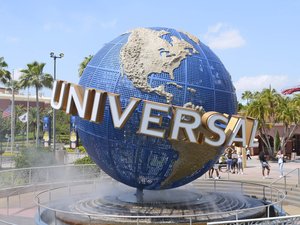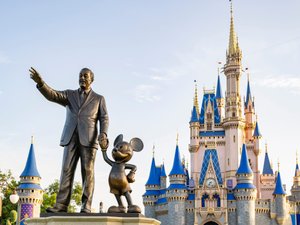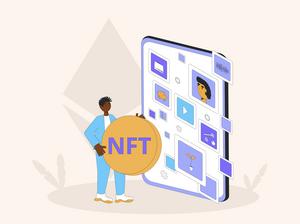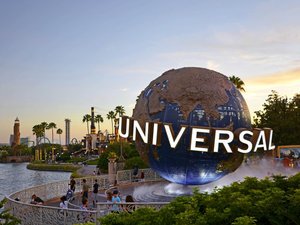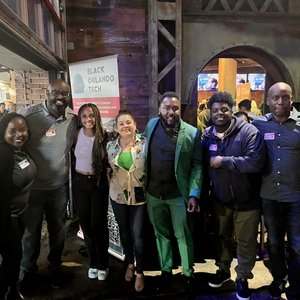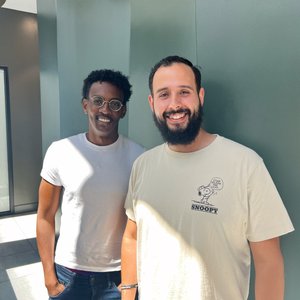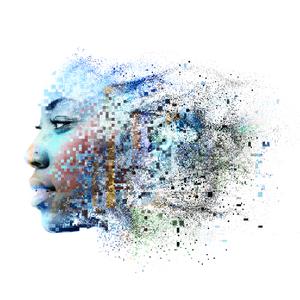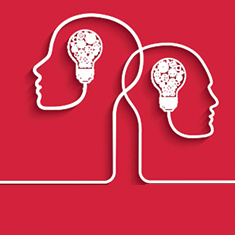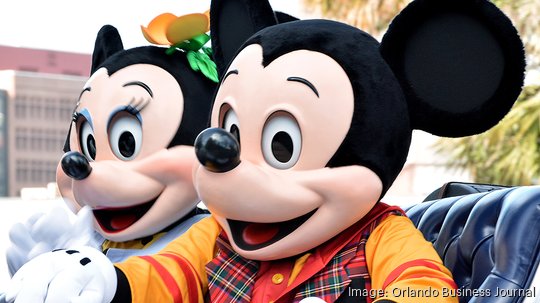
Since day one, guests at Disney theme parks could expect to encounter character actors playing roles like Mickey and Minnie Mouse. Now, Disney may be looking to robotics to create lifelike character experiences, according to a recently filed patent.
Disney Enterprises Inc., a subsidiary of The Walt Disney Co. (NYSE: DIS) along with a Swiss public research university called ETH Zurich filed a patent application titled “Simulation of Robotics Devices Using a Neural Network Systems and Methods.” The product is a computer simulation that lets technologists more efficiently and effectively design robots before constructing them, simulate operations of existing robots and make modifications to current robots.
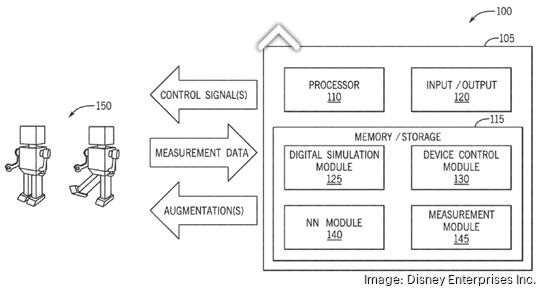
The invention gathers information that’s used to create a neural network that’s very good at predicting things like guest behavior, enabling robot design that aligns with guest expectations.
Picture a lifelike robot that looks like Olaf from “Frozen” interacting with guests in a convincing manner. Thanks to Disney's sophisticated simulation environment, that’s more possible than it was before.
A real robot isn’t needed for the development process — instead, ideation and testing can take place in a digital space that mimics a theme park environment.
The concept isn’t new. Disney filed a patent application back in 2017 titled “Soft Body Robot for Physical Interaction with Humans” and the product description revealed a concept for a robot that can mimic the movements and behavior of an animated character.
The new patent doesn’t stop at simulations of environments that facilitate the development of character robots. The scope of the project has implications for ride maintenance and monitoring, queue management, safety and security.
Theme parks rides and attractions require regular maintenance. The neural networks trained with this simulation invention could monitor the rides and predict potential issues with rides and attractions based on sensor data, allowing staff to perform preventative maintenance and avoid downtime.
The neural networks also could predict the behavior of queues at popular rides and help theme parks optimize management strategies to reduce wait times. By analyzing data from sensors and simulating queue behavior, theme parks could adjust queue layouts and staffing levels in real time to minimize wait times and improve the overall guest experience.
Predictive models supported by the simulation also could be used to enhance safety and security in theme parks. For example, neural networks could analyze sensor data from surveillance cameras and predict potential safety hazards or security threats, allowing park staff to respond quickly and effectively.
Representatives with Disney could not be reached for comment.
However, the company's patents provide a peek into what it may be working on for its theme parks.
Sign up here for our free morning and afternoon daily newsletters. And be sure to follow us on LinkedIn, Facebook, X and Instagram.
